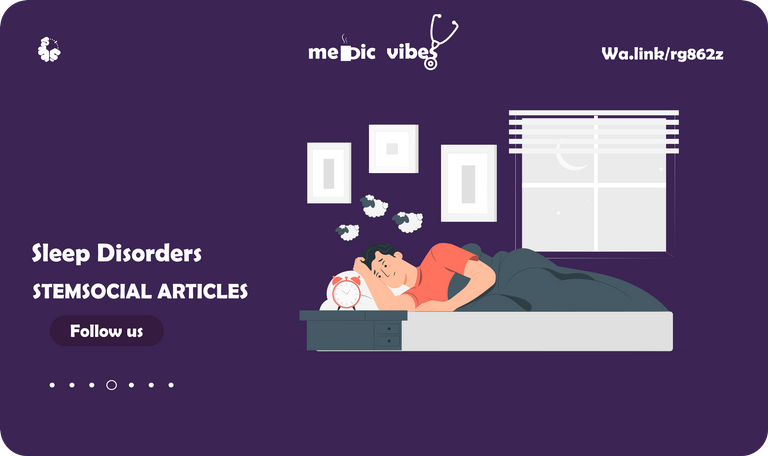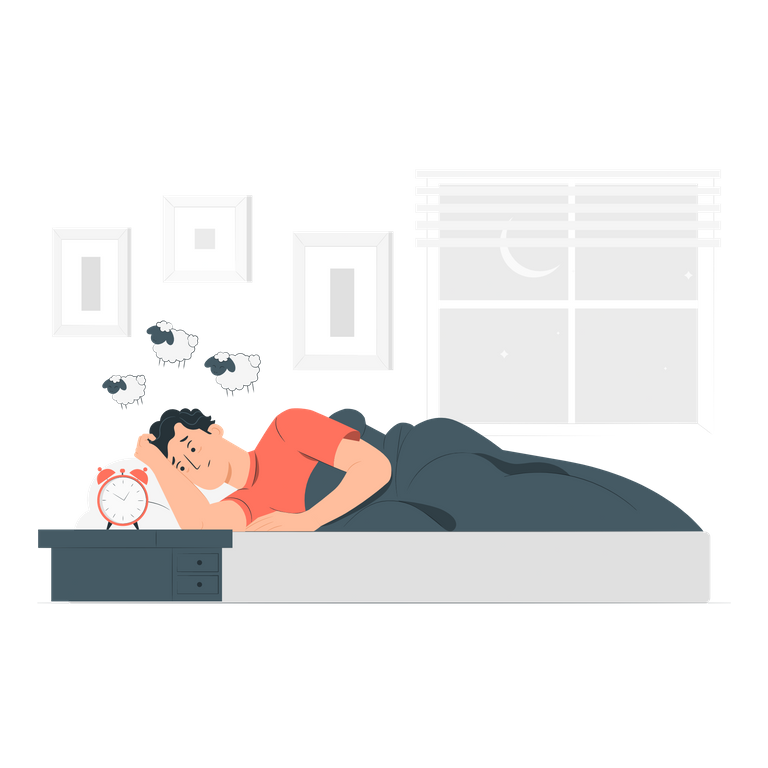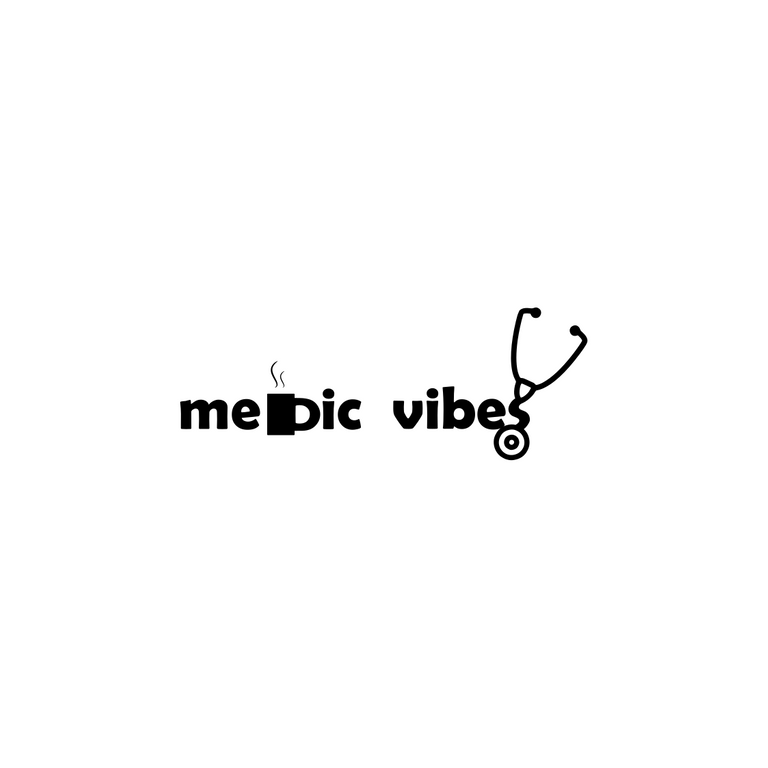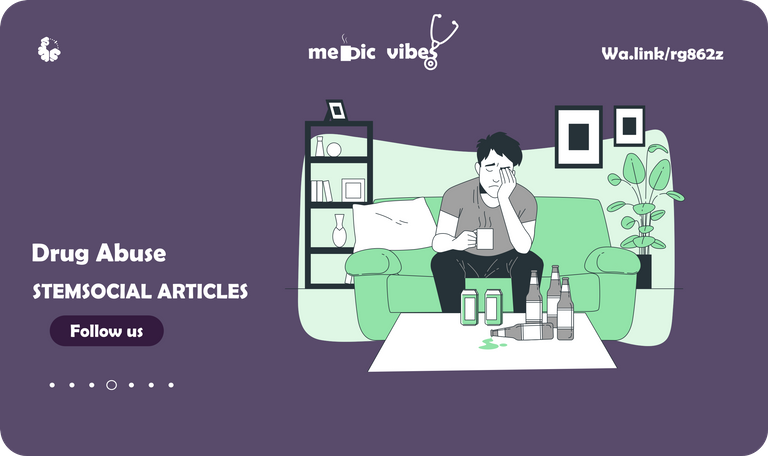
In the last post, we saw how:
- Substance use disorder has its consequences, types, risk and treatment options.
- The text discusses signs and symptoms, causes, and the impact of substance abuse on health.
- Substance abuse has negative impacts on relationships, society, and children.
Welcome to Medic Vibes, where we discuss mental health disorders and make sense of them. Dr Ebingo Kigigha is a medical doctor (aspiring psychiatrist) and creative person (illustration and music). This has been our routine for four consecutive months. This month will be dedicated to sleep disorder. In the first month, we discussed Depression, and in the subsequent month, anxiety. We just finished with Conduct disorders.
In this post, we are looking at A Nigerian Study on Sleep disorders. To learn more just keep scrolling down. You can also skip to the key point of the post if you which or go to the conclusion to get the summary.

Sleep is a vital aspect of human behavior, accounting for 33% of our daily activity. However, sleep is not unique to humans, as every studied animal species, from insects to lower mammals, also sleep.
The brain benefits the most from a healthy sleep pattern, and prolonged sleep deprivation can have physical and cognitive consequences, even lethal effects. Despite appearing passive, the brain remains active during sleep, as evidenced by its electrical activity.
Different types of sleep exist, varying in quality and quantity, and compensatory mechanisms occur when a particular type of sleep is lost. Sleep disturbances are closely related to almost every psychiatric condition, and in some cases, included in the diagnostic criteria for specific disorders.
In Greek mythology, sleep was deemed a necessity to the god Hypnos and was linked to the bringer of dreams. Psychoanalysis also recognizes the significance of dreams, with Freud considering sleep the "royal road to the unconscious."
There are two significant physiological sleep states: non-rapid eye movement (NREM) sleep and rapid eye movement (REM) sleep. NREM sleep has four stages, with lower physiological functioning, while REM sleep typically has higher brain activity, as noted through electroencephalogram measurements.
In normal adults, NREM sleep transitions to REM sleep within 90 minutes, but shorter times are noted in individuals with narcolepsy and depression. Sleep is scored in 30-second units, and sleep stages are distinguished by electroencephalogram (EEG), electooculogram (EOG), and electromyogram (EMG) values.
The EEG shows normal features during conjugate eye movement, such as low voltage, uneven, and quick jig-saw patterns. The EMG displays patterns of reduced muscle tone, as first described by Allan Rechtschaffen and Anthony Kales in 1968, and confirmed worldwide.

Sleep disorders in Nigeria (Abstract)

People illustrations by Storyset
In the abstract of this study, the authors highlighted the importance of sleep and the lack of information on this topic among Nigerians. The study aimed to identify how sleep disorders present among patients who visit the Family Medicine Clinic at Obafemi Awolowo University Teaching Hospital in Ile-Ife, Nigeria.
To achieve this objective, the authors randomly included 410 patients who attended the Family Practice clinic. They collected data on these patients using a pre-tested interviewer-administered questionnaire adapted from the Pittsburgh Sleep Quality Index and Epworth Sleepiness Scale.
The results of the study showed that the majority of the population were females (69.3%), with an average age of 48.5 + 16.5 years. The majority of patients were between 45 and 64 years old (38.2%). Hypertension was the most common medical condition seen in the study population (35.8%).
Of those studied, 69% had sleep disorders, with dysomnias being the most common sleeping disorders seen among subjects. Insomnia was the most prevalent sleeping problem, affecting 27.3% of the study population. One in five of the study population was at risk of developing obstructive sleep apnoea, with snoring being the second most common sleeping disorder.
The analysis of the study showed that being older, separated, living close to a religious house, and having chronic medical conditions were high-risk indicators for sleep disorders.
The authors concluded their study by noting that close to 70% of patients who attended the Family Medicine Clinic had sleep disorders. Therefore, frequent screening is necessary to detect sleep disorders early and commence treatment.

Treatment
The treatment for primary insomnia typically involves the use of benzodiazepines, zolpidem, eszopiclone, zaleplon, and other hypnotics. However, it is essential to take special precautions when using these drugs. For instance, they should not be taken for more than two weeks due to the risk of tolerance and withdrawal.
Benzodiazepines are one of the oldest drugs used for sleeping. The benzodiazepine-receptor stimulators are the standard drugs used for insomnia. The longer-acting medications, such as flurazepam and quazepam, work best when insomnia occurs in the middle of the night. In contrast, the short-acting ones, such as zolpidem and triazolam, are more effective when patients have difficulty falling asleep.
Melatonin-receptor agonists, such as ramelteon, have shown efficacy in dealing with sleep onset problems. Additionally, some antidepressants, such as trazodone, have sedative effects.
There are over-the-counter sleep medications, such as antihistamines, protein precursors, and other substances.
Melatonin is one of the most well-known food additives with effects against insomnia. However, its use has shown varying results due to its production and effect in the body's sleep regulation.
Most sleep medications are approved by the Food and Drug Administration for short-term use, except for zolpidem modified-release, eszopiclone, and ramelteon, which are used over extended periods.
When used correctly and not abused, these drugs provide the required relief for symptoms of sleeplessness. However, insomnia may still persist even with their use.
Questions
- What did you learn about Sleep disorders?
Conclusion
- Sleep is crucial for health, and all animals sleep similarly.
- Study showed a high prevalence of sleep disorders among Nigerians.
- Treatment for primary insomnia includes drugs with varying effectiveness.

References
- Kaplan-Sadocks-Comprehensive-Textbook-Psychiatry
- Page demarcations made with Inkscape.org
- Healthline
- NIMH
- Annals of Medical and Health Science Research



